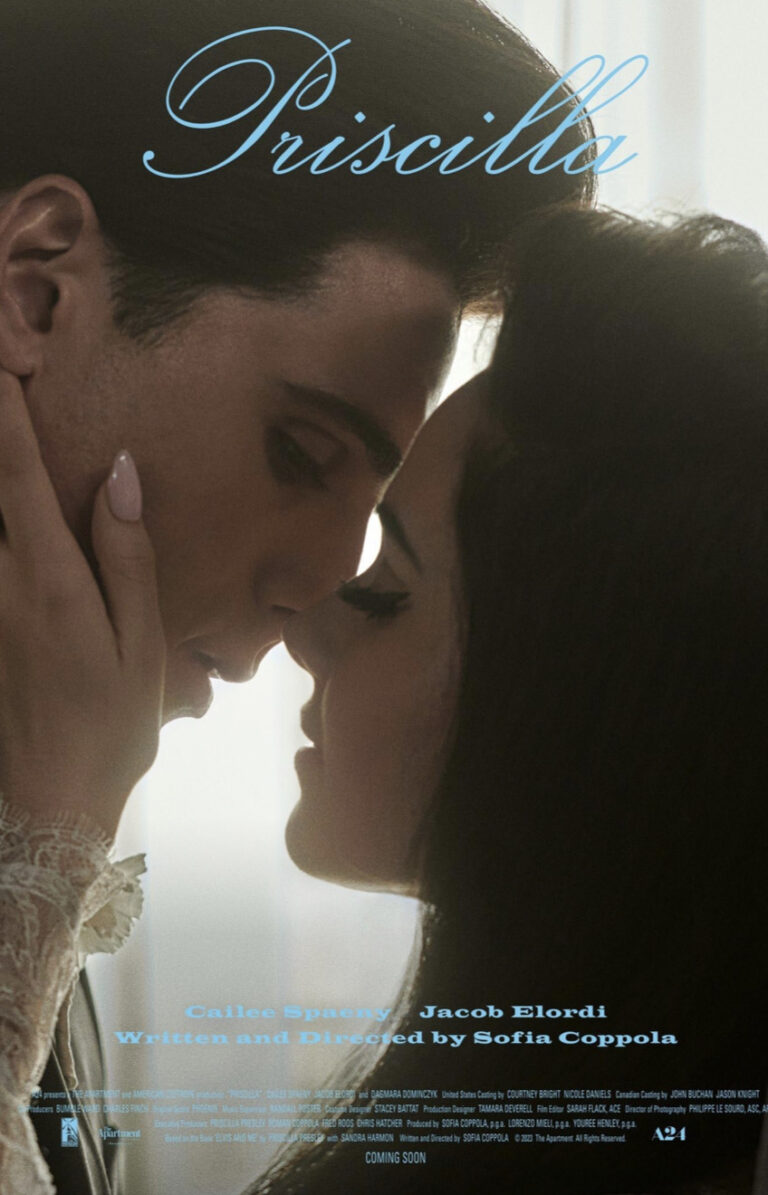
Synopsis : When teenage Priscilla Beaulieu meets Elvis Presley at a party, the man who is already a meteoric rock-and-roll superstar becomes someone entirely unexpected in private moments: a thrilling crush, an ally in loneliness, a vulnerable best friend. Through Priscilla’s eyes, Sofia Coppola tells the unseen side of a great American myth in Elvis and Priscilla’s long courtship and turbulent marriage, from a German army base to his dream-world estate at Graceland, in this deeply felt and ravishingly detailed portrait of love, fantasy, and fame.
Rating: R (Drug Use and Some Language)
Genre: Drama, Romance, Biography, Music
Original Language: English
Director: Sofia Coppola
Producer: Sofia Coppola, Lorenzo Mieli, Youree Henley.
Writer: Sofia Coppola
Release Date (Theaters): Wide
Runtime:
Distributor: A24
Production Co: The Apartment, American Zoetrope
Press Conference with Actors Cailee Spaeny & Jacob Elordi, Costumer designer Stacey Battat, Production Designer Tamara Deverell, and Producer Youree Henley

Q: Youree, you’ve had a long working relationship with Sofia, since, “Somewhere.” Can you talk us through the origins of this project and her interest in Priscilla Presley as a figure and also in Priscilla’s book.
Youree Henley: During the pandemic, we were talking about another project at great length and then, strangely, it just didn’t [come together] — it wasn’t meant to be. She started talking about this and that; she had been thinking about and working on, but we didn’t really talk about it much. Then, all of a sudden, she became the thing that we started focusing on and she sent the script and we started talking about all the things you do like how we might make it, who would be in it — that kind of stuff.
Thankfully for her, we’ve made a few movies together, also with Stacey [Battat] and Philippe [LeSourd] who shot the movie and Sarah Flack who edited it. It was a cast of usual suspects in a great way and then we set off to putting it together. We weren’t really sure where we would make it. We had some ideas. Then thankfully, we ended up in Toronto and met Tamara Deverell who designed the movie. We hadn’t worked together, but as we started to get into it, it felt like we were connected and we were all making the same movie. It was a really wonderful experience.
I never shot a film there and we had an incredible crew and supporting cast. We had an amazing production team. Led by Chris Hatcher and his entire team, it was a really beautiful experience and, to be honest, we didn’t really know how we were going to get it made. The ambitions of the movie were greater than the money we could raise for it. Making films like this, even with Sofia, everyone’s like, “Oh, Sofia probably can get whatever she wants.” It was really just not the case, we had to really put our heads together to try to figure out a way, in a scrappy way, to do a very deep period piece that goes over so many time periods — but somehow we did it.
I liken it to us jumping out of the plane and then we were making the parachute as we were landing. Thankfully, we had really great people to help us make this parachute. Then we got Cailee and Jacob and things started to fall into place. But when we first got out there, we were like, “I don’t see how.” I didn’t see anything that looked like Memphis or anything that looked like Graceland, it was all pretty daunting. Now when you see the movie, we’re so proud of it because everybody who worked on this, felt like everybody’s heart was in the movie and it’s great. We’re so happy to share it now.
Q: Priscilla Presley was with you all in Venice for the premiere. Can you say a bit about her involvement, and at what stage? How was she approached and to what extent did she participate?
Youree Henley: Sofia had been talking to Priscilla for a while and then, I know that there were times, for instance, that we would be scouting or we’d would be doing different parts of the film and it was like, “Ok, wait, I have to go take a call and she would disappear sometimes for 15 minutes, sometimes for 2 hours. But she was talking to Priscilla and they would go through the script so she was consulting in that way. Then, when we finally showed the film to her, that was, for me, what it would be like to have a movie made about you and how weird that would be because you were there.
Even though it was taken from the book that she had written and it was from stuff that was out there, it’s still different than when you’re watching it. She wrote this book that was published in like the ‘80s, ’85 right? It’s like memory is an interesting thing. It was who you were when you wrote it versus who you are right now. When we finally showed it to her and she looked at Sofia, she was visibly emotional having watched the movie.
Then she told Sofia that she really did her homework and she really loved it and thought that she got it right. That was everything because you want to honor the story and the fact that she really liked it and was supportive. That was great. Then, for us to be in Venice, it was obviously really exciting. Always showing the movie is terrifying and exciting and all those things but to see her there and then to see people really appreciating her, was really cool and nice to watch.
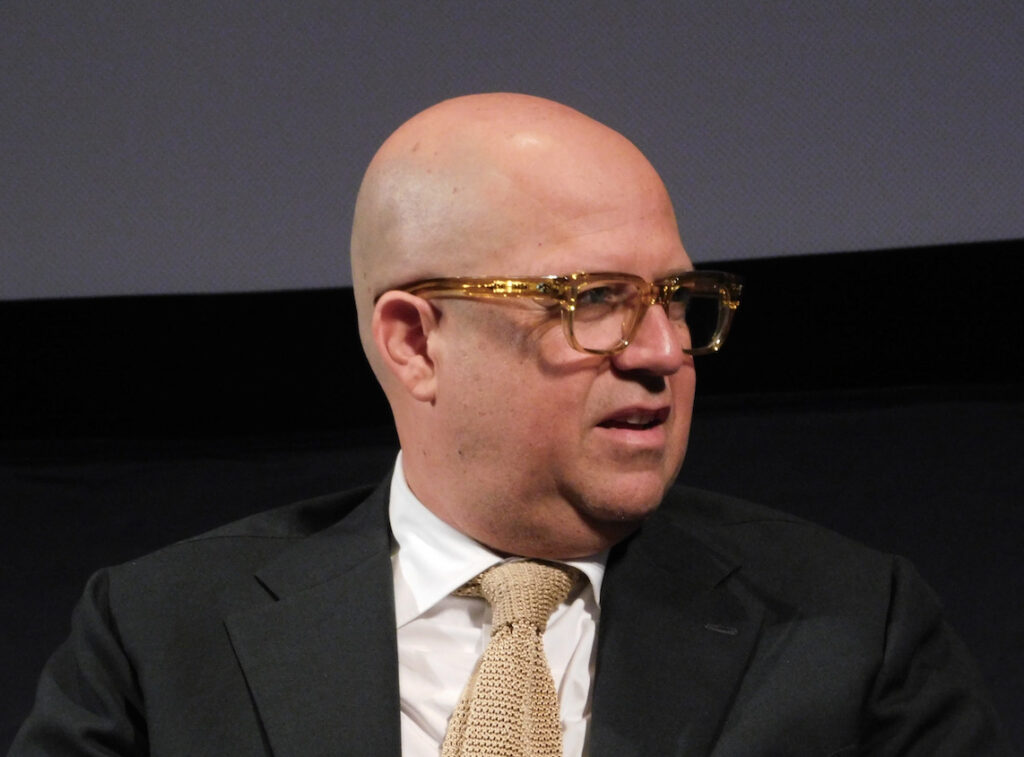
Q: Talk about bringing Cailee and Jacob on board. The casting is such an important part of a film like this. Maybe you can say something about that and from the both of you as well.
Youree Henley: We were like, “Ok, who will be Priscilla? It’s such an iconic [role] and then on top of it, “Well, who will be Elvis? It’s such a massive thing, right?” Cailee came on board and Sofia was pretty set. I’m trying to think about it — were there other people in our discussions? I think she talked to tears and was saying, “What about Cailee? It’s Cailee for Priscilla. I was like, “OK, cool, cool.” So Cailee was on board. I think with Sofia, she’s always decisively casting.
Q: Cailee, can you say a bit about how you approached the role? Something you already said about the film covering a certain span of time, it’s important. The facility at the end of the film is very different from the one week at the store.
Cailee Spaeny: Something that was really important to map out before we went into the filming process — because we only had this film for 30 days — we sort of flew by the seat of our pants. Obviously that’s the movie — it’s her art and journey with this man and finding herself at the end. That definitely was something that I tried to spend as much time on as I could. The jumping out of the airplane analogy is exactly what happened.
You have to cross your fingers and hope that your homework really comes through. I will say that Stacey did a beautiful job and that was such a grounding piece that I welcomed [her involvement]. Keeping my head on straight on where I was and in the morning, and then to be pregnant and then, after lunch, I’d be 14 years old. Those costumes, hair and makeup were huge. They grounded me and that arc, that journey, informed how I would move [what] my mannerisms were and [to show] where she was at in her journey.
Q: Once you met with Priscilla, it appears that physical resemblance and mannerism didn’t matter so much.
Cailee Spaeny: First of all, Priscilla was very gracious with her time. We met in Los Angeles and I think the first time we met, we ended up talking for about four hours. SFor her to take that time and really go through the story and everything again with me. I really tried to make sure to feel like trying to feel like a reporter. I just tried to sit back and see how much she felt comfortable telling me [about her life], being in front of her and in her presence was so informative. I tried to do my own version of her story.She’s a woman from a different time, a different generation. She’s American royalty really. The way she holds herself now and impacts all [with her] mannerisms, how she speaks and goes about life is very important. Like I said, we just hoped that all comes through once you start playing a role and get into the scene work.
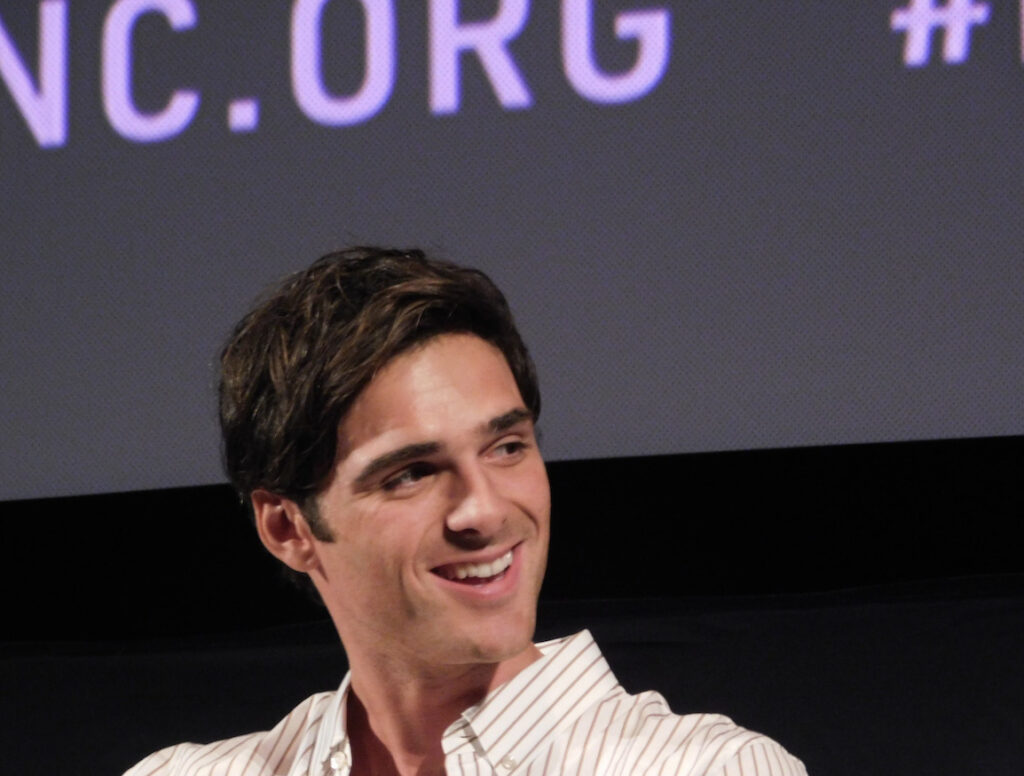
Q: Jacob, how about approaching Elvis? Priscilla is a public figure, but Elvis is on another level. In terms of how extensively documented he is as a person, how did you fashion this performance in relation to how you see the Elvis of this film?
Jacob Elordi: I think that abundance of information is almost what makes it easy. It gives you this universal information too. The biggest thing that we spoke about earlier was, if you want to see a person, it was about capturing the essence of this person. The biggest thing for me was trying to identify and find where the human being was under all the glitz of the gold and the voice and the characters — all those things. It was really just that in order to find the real life element.
Also in their relationship, Cailee and I spoke about there were days where we would just imagine that it was a Sofia Coppola marriage drama, completely separate from Elvis and Priscilla. I think that’s what the world that built to was finding a truth that hasn’t been seen before, opening the door to Graceland and inventing, from the facts, what we thought the real people might have spoken like because I have a different voice now, when I speak in front of people I have a performing voice. That’s not how I am when I’m at home. It’s not always the way a person is trying to figure out how to make him the normal person that he was.
Q: Stacey and Tamara are here because Sofia films are these incredible feats of world-building and costume production. It’s such an important part of it. Cailee, you’ve already mentioned the importance of Stacey’s work in terms of grounding your character. Stacey, can you talk a bit about just the research process or something where you’re working with real figures over a certain span of time?
Stacey Battat: It goes back a bit to what Jacob said, that there’s a historical element to draw them, but then also trying to find, what is their life privately? And who are they privately without the photos that we’ve seen filling in the blanks and doing to search obviously through magazines and other publications, libraries, that sort of thing and working closely with Tamara because I think a big part of it is also just making sure that the dolls belong in the dollhouse,
Tamara Deverell: The wedding cake was like a wedding cake. That’s how we approached Graceland. Sofia wanted it to feel like a wedding cake and it was mainly layers of cream and cream paint. We looked at the research and surprisingly, there’s very little research on Graceland in the early time when Priscilla first arrived. I think we had one or two photos that we kind of clung to, but then we just created our own world and the upstairs Elvis’ bedroom and bathroom in our period. There’s nothing, there’s nothing, there’s later photos when we did the red empire it looked like it didn’t exist. We kind of had our knowledge, what we wanted and made our own world specific to Sofia’s vision.
Stacey Battat: Absolutely. As one of her main references said that you were going to be in a good place because we were drawing a lot from that post.I call it just the composition of and there’s a couple of other references like In the mood for love, the Chinese film was a big reference for Philip. There was a hallway in the hotel that we grabbed. And so we pick from different things that we got.
Youree Henley: We also gave them like two dollars each!
Tamara Deverell: It’s amazing what you can find [since] we were in an old studio warehouse and Chris Hatcher’s producers have been doing a number of shows and their windows lined up leaning against walls. I said,”Let’s undo that look enough like this because it’s covered. We had so much drapery that we literally were able to stay on budget because of what we could use in that.
Youree Henley: Obviously, Graceland is a very specific thing. When you are looking at Graceland photos they actually look like sets. It was like, “Hey, we built that,” it’s just this weird sort of thing. Then because of weather and a number of other things, we ended up shooting a lot of the film on stage. It was cool though because of that old fashioned way of making a film on a back lot. We were all contained, where they were building sets right outside of where Stacey had her costumes and then it was right next to another department.
You could walk through and see the movie while we played pickleball. We started for 40 days and then we’re like, “We’re never going to go for less than 35 days. It’s impossible.” Then I looked over one day and I just built a set. What really galvanized our crew and cast was that it was a really wonderful challenge, all my ideas of work management, time management. It was great and for everybody, it was a wonderful experience making the film here. We were really a great family.
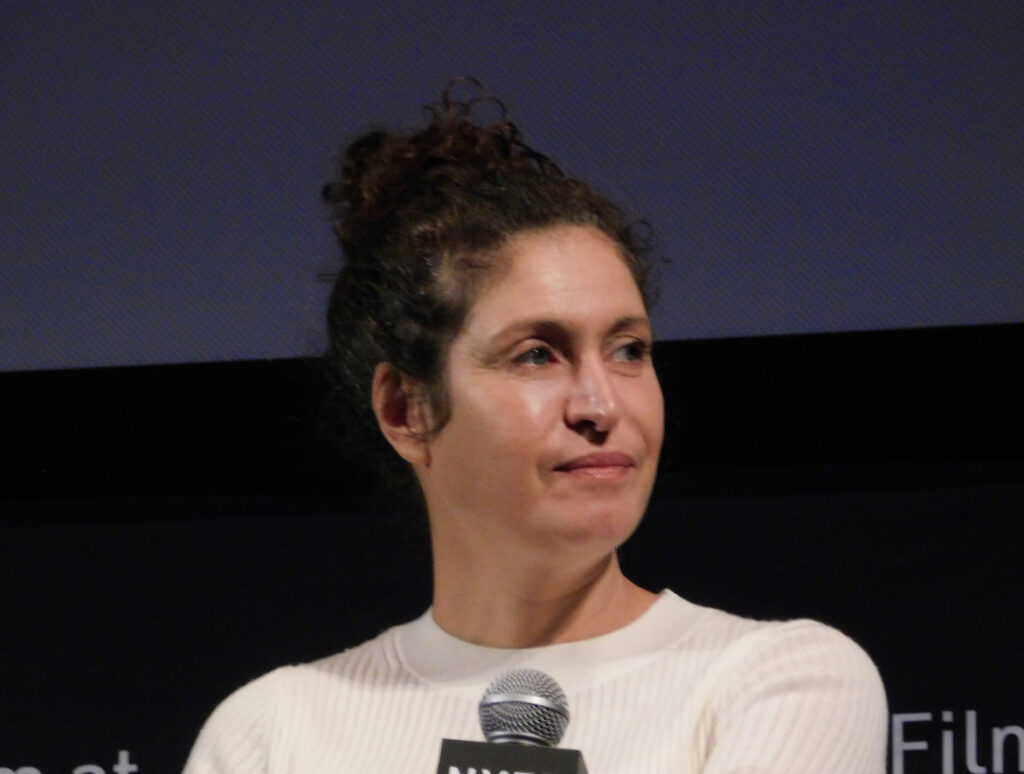
Q: There are no Elvis songs. Was that a problem with the estate or clearing them financially or any other reasons?
Youree Henley: There were never a lot of Elvis songs, believe it or not, in the film originally. There were a couple of things that we were thinking of doing and then, ultimately, we ended up with this. With this music, a lot of it was sourced. So even stuff that feels like scoring sometimes some things have been modified. Randall Poster was our music supervisor. Phoenix, who’s done probably every film since “Somewhere,” — they were all involved. They’re always involved because Sofia is married to Thomas [Mars]. He’s in the band. So there’s always music, even when we’re shooting the movie. There’s music that’s played on set. sometimes it’s for mood.
Sometimes it’s like, oh, no, we know that this is what this is the thing. and so it was, it was a long road or not, even though we knew there were certain cues, we were still swapping stuff out, at the 11th hour my son, if you didn’t want to use any songs per say, like it was, we didn’t really, we couldn’t really, it was something that we decided to steer away from. So that’s, that’s why. Also we had there was, there was another Elvis movie that had come out and so that was, it was great but it was, it was so different than what it was that we were doing and a lot of that stuff was really, well handed before and we were doing something different. This was, after all, Priscilla’s Story. That was always sort of the anchor too, because it’s easy to get distracted by Elvis and because he is so sparkly. But for us, we were very diligent about the project.
Q: Cailee and Jacob, you’ve already mentioned how important it was but were there any specific articles of clothing to the way that makeup was done that would really get you into character?
Jacob Elordi: It was a combination of everything down for me. It was down to what I would, we had all the jewelry from the estate and it would be what I’d sort of class the ID bracelet or with the horse shoe ring on. It was like the kind of five such, but it was really, it was a combination of everything. It was then being able to walk into this pretty bleak looking factory that we were working on and then you walk in and there’s the lines of grace that are so it was kind of the whole world was built for us. So it was almost impossible not to feel it.
Cailee Spaeny: We were so lucky especially when you’re wearing those kinds of costumes and then a lot of the work was done, it was a gift for us actors. There were times when I had that beehive where I actually can’t move any other way than this. I don’t really have any other options in these deals. It definitely informed a lot of how I moved.
Youree Henley: You spoke to this earlier too though. It was really like, I mean, it was some of these days because of the production schedule. I mean, you were jumping so many years, so many looks, so many that it was really wild to watch that. You almost wouldn’t even believe it was real.
Jacob Elordi: I can see that with you, Cailee. There is no gap in Cailee’s performance on paper or on set. I would go — and I’m a fairly well prepared performer — and would say, what year is this? She would pull out a script and had every single thing cataloged to the year!
Cailee Spaeny: So we were study buddies, this is looking like 1965.
Jacob Elordi: We were talking about the whole thing. Both of us built Elvis’ world as well and we met in the middle of those gaps to where we were both just had our fill our own language.
Cailee Spaeny: I think of the entire timeline, not just what was shown. The way that Sofia just tells the story is really beautiful in the sense that it’s really impressionistic and about all sorts of emotion and feeling, flashes of memories — you go into this dream-like fantasy world. We don’t hang on a beat too long because you just feel like you’re in a sort of Alice In Wonderland dream. In terms of the way that those scenes are portrayed, I think that was all intentional. The relationship was good.
Stacey Battat: The costumes were often heartbreaking because they’re like a child is playing dress up. It often feels like it’s not to the point of a baby having big earrings. It’s a child growing up. We had a really great participatory cast. They were really the best cast you could ever ask for. I think that helps. Just developing the nuances. If you have somebody there with you that’s participating, that’s playing a big role that’s willing to stand still while we figure out all those little details, it helps to find a nuance. Somebody comes in and says, “I have an hour and that’s all, we’ve got to do 100 and 20 costumes in an hour.”
It is a lot more difficult to find the nuances than to find the character and all of those things together. I’m making costumes in which they play the role. It’s really a collaborative effort to find those details in them. But maybe you saw that because it is true that it’s somehow like a child playing dress-up.
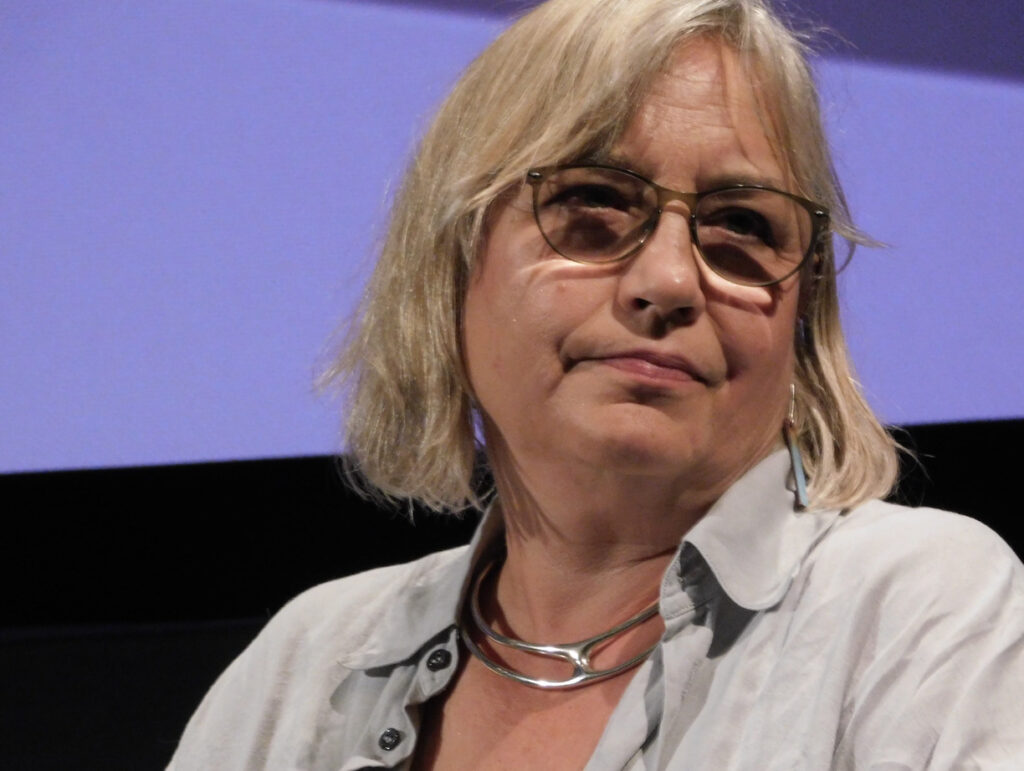
Q: Was there any part of the story that was surprising to you as a performer? What were you excited to portray and not be surprised by her story?
Cailee Spaeny: I grew up in the Southern Midwest and I was born in Tennessee, grew up going to Graceland as a kid. I really understood the weight that he carried and I have a memo walking around and gracing something. if I can dream on the speakers and just cry, like I ever really understood the way of this man as a young child. But then, even having that I had no idea her side of the story I was surprised that this, that wasn’t sort of common knowledge for. It was so definitely new to me and some sort of the shocking, heartbreaking details of the journey of the relationship from her point of view is all fascinating to dive into.
Q: How did you create the look to be part of the story?
Tamara Deverell: The bedroom, as I mentioned earlier, we didn’t really have much to go on. We were really free, but I did look at the plans which are available online, having never been to Graceland. And you can’t, if you do go to Graceland, you can’t go upstairs. It’s off limits. I was really free to make my own world up, but I did follow the basic plans of the house that you went up the stairs.
The geography was correct and there were little tidbits; some of them were from later photographs in Elvis’s room. Once it was Post Priscilla, there were just things in the book, in Priscilla Presley’s book and other things that I was reading — I was going to the University of Elvis and Priscilla for a crash course for a few weeks when we started. The Jesus statue was something that Elvis had and we did have these cookies. I don’t know if that’s what you’re referring to those cookie dog statues.
We found them when we looked at the research with Sophie and she said, I love that stuff, and they became a real element of the stillness of the movie. I can’t remember how many she left in the movie, but these little statues and things, there’s still like, to me, the feeling of you’re in Elvis’s world. It was always like she was never [home], I felt ,and this is just me, that she was always a guest in the house.
It was never really her place. I took the production design to be more for Elvis, it was all Elvis. Elvis had gold walls in his office, which was based on research and we took it up a bit further. We played around with some of the real research and some of the stories and the tone — and the tone that Sofia wanted. Stacey and I had these long conversations about Elvis’s blue pajamas, the blue room and how that works. He’s matching his face and I remember I have a really great photo of the hair salon; I think we went in there together.
Youree Henley: It was fun to watch everybody working that day. Everybody felt like we were all making the same movie. Sometimes it’s like the movie can still turn out fine but sometimes each department is doing its own thing, and in this case, it felt like we were all there obviously under Sofia.
They made their way so they would build such a world, so detailed that there were times when we would be waiting because you were going from being 14 to being 24 and we had like seven minutes to do it in. But while we were there, we would look over to Sofia who would be like, “Oh look at that shot right there” and then they would start to build a thing around that. A lot of stuff made its way to those things again because it was so fleshed out.
Tamara: Graceland is kitsch and we were celebrating the kitsch of Graceland in that way, embracing that time.
Check out more of Nobuhiro’s articles.
Here’s the trailer of the film.

